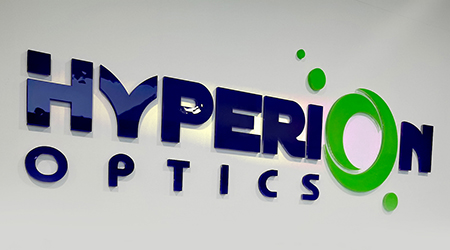In the installation process, if our installation method is incorrect, the optical lenses will be contaminated. Therefore, the previous operating procedures should be complied with. If a large number of lenses need to be installed and removed, it is necessary to design a fixture to complete the task. The special clamp can reduce the number of contacts with the lens. This can reduce the risk of lens contamination or damage.
In addition, if the lens is improperly installed, the laser system will not work properly. The laser system can even be damaged. All carbon dioxide laser lenses should be installed in one direction. So the user should be checking the correct direction of the lens.For example, the high reflector of the output mirror is in response to the cavity. Its high penetrates face the cavity. If the lens is mounted backwards, the laser will not produce a laser or produce a low-energy laser. The convex surface of the final focusing lens is responding to the cavity. The second surface of the lens is either concave or flat. This side deals with work. If reversed, it will result in greater focus and change of work distance. In the cutting application, the cutting joints become larger and the cutting speed is slower. The mirror is the third common lens, and its installation is also critical. Of course, it's easy to distinguish the reflector from the reflector. Obviously, the coating is facing the laser.
In general, manufacturers make marks on the edge to help identify surfaces. The mark is usually an arrow and the arrow points to one side of it. Every lens manufacturer has a system for labeling lenses. Generally speaking, for the mirror and the output mirror, the arrow faces the high and the reverse. For lenses, the arrow faces the concave or the plane. Sometimes, the lens label has the meaning of a reminder marker.
 Call us on:
Call us on:  Email us:
Email us:  R&D Center: 9B-4F 401,No.1 Qingnian Road Liando U Valley,Yuhua International Wisdom Valley, Nanjing, 210039 China
R&D Center: 9B-4F 401,No.1 Qingnian Road Liando U Valley,Yuhua International Wisdom Valley, Nanjing, 210039 China









 English
English  cn
cn  de
de  es
es  fr
fr 


